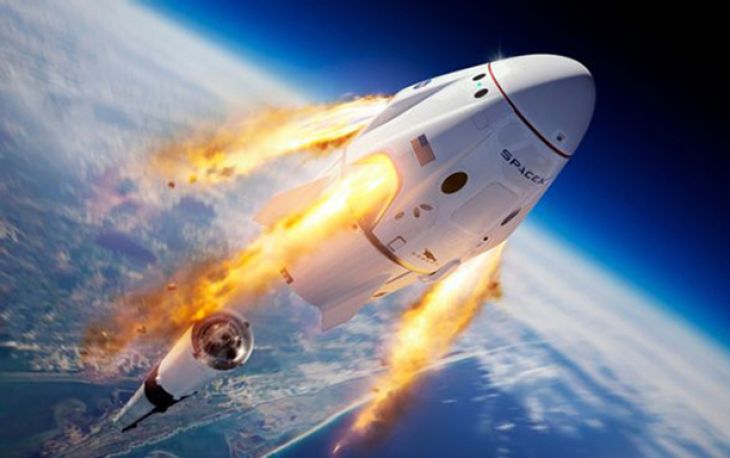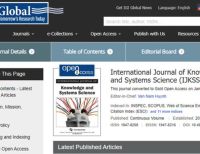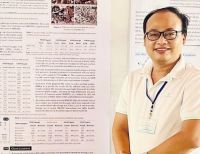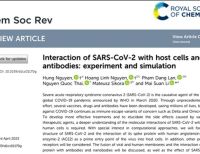Dr. Trang explained to VnExpress that, when electrons and ions move more easily at high temperatures, they collide with metal surfaces and cause potential damage. To demonstrate this, the group used an external magnetic field created by an electric current through a heating wire. Then, a plasma flow model, consisting of a small area of electrons and ions, was established using two spatial dimensions and three velocity coordinates to determine the effect of the heating wire on the particles and the heat flux.
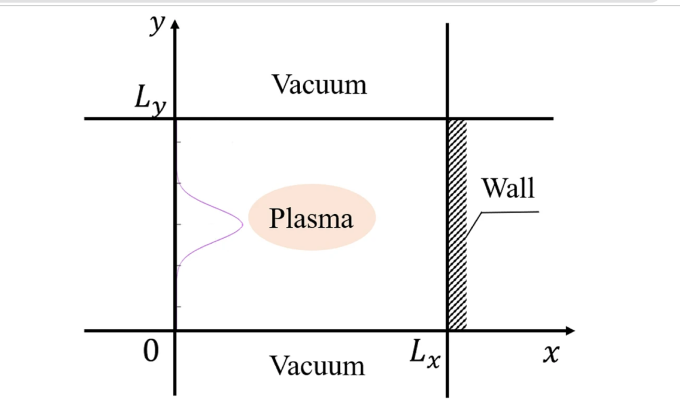
Plasma simulation limited by vacuum. Picture: Research team
Dr. Trang explained that, when simulating the movement of plasma particles at the edge of a tokamak, the team found that a magnetic field can change the direction and intensity of the heat flow, because the electrons and ions move around the magnetic field lines. In particular, concentrated magnetic fields (with maximum strength in the center and a rapid decrease far from the center) can function as magnetic mirrors. These mirrors retain most of the plasma particles as they pass by and only allow particles with sufficient velocity to escape the mirror. This reduces the flow of high-energy particles hitting the metal surface.
Using the heating wires in their research, the team explained that the magnetic field created by a wire is inversely proportional to the distance to the wire, and the farther away from the wire, the smaller the magnetic field becomes. As a result, a wire can generate a concentrated magnetic field and the electric rays can change the magnetic field structure of devices and affect particle flow direction. The team concluded that high-heat flux is significantly reduced at the metal surface when using electric rays.
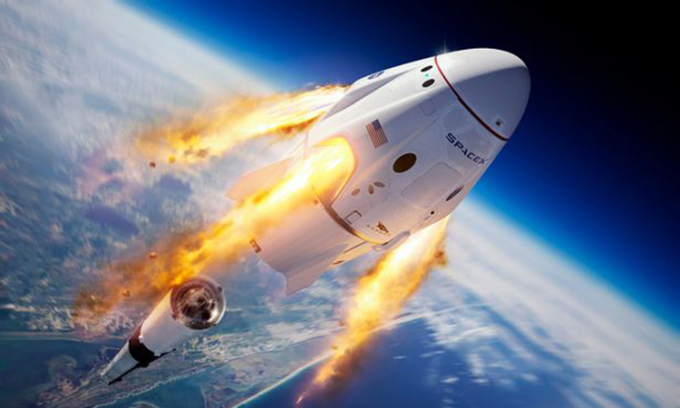
The Crew Dragon spacecraft uses advanced materials to protect its surface. Photo: SpaceX
Dr. Trang notes that her research results play an important role and can be a potential solution in the reduction of high-energy particle flow to metal surfaces, thereby shielding the surfaces of satellites and spacecraft from streams of high-energy ions and electrons. She optimistically predicts that this research will soon find practical application. “The team will further research the feasibility of our proposed method when put into practice,” Dr. Trang said.
This research is being conducted by scientists worldwide. In particular, NASA used heat shields covered in carbon fiber that automatically peels off to prevent the spacecraft to Mars from burning up on reentry. In 2021, Chinese researchers also developed a novel type of two-layer polyimide nanocomposite membrane, which can be used to more effectively protect the outer surfaces of spacecraft.
(Media Center)
Dr. Le Thi Quynh Trang and Japanese scientists have found a method of reducing heat flow on the surface of spacecraft and satellites. The work was published in Nature by Dr. Trang from the DTU Institute for Research & Development, together with Japanese professors. They discovered that the reduction of electronic and ion heat fluxes was important in the protection of the surface materials.
